Florida’s vibrant pet-bird scene thrives thanks to our warm winters and love for feathered companions—but not every species belongs here, and not all do well in captivity.
After years caring for birds across Florida, I’ve learned the hard way which ones flourish under our sunshine and humidity—and which ones carry hidden dangers, from legal bans to ecological disruption.
Here’s a guide to six pet birds you absolutely shouldn’t bring into Florida homes, and six resilient species that truly thrive in our tropical climate.
1. Monk Parakeet: The Troublemaking Tenant
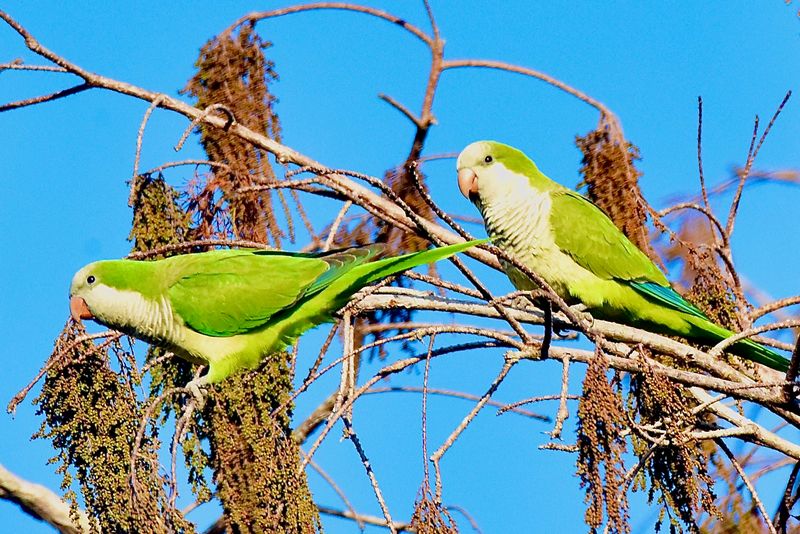
These chatty green invaders might seem adorable in pet stores, but trust me—they’re on Florida’s most unwanted list! My neighbor released her pair when they became too noisy, and now there’s a wild colony destroying power lines near my house.
Monk Parakeets build massive communal nests that can cause electrical outages and property damage. Their aggressive breeding habits have already established feral populations across South Florida, threatening native wildlife and agriculture.
Despite their charming personalities and talking abilities, owning these birds carries serious responsibility. If accidentally released, they thrive in our climate and quickly become an ecological nightmare. Florida specifically prohibits their ownership without special permits—a hassle you definitely don’t need!
2. European Starling: The Melodious Menace
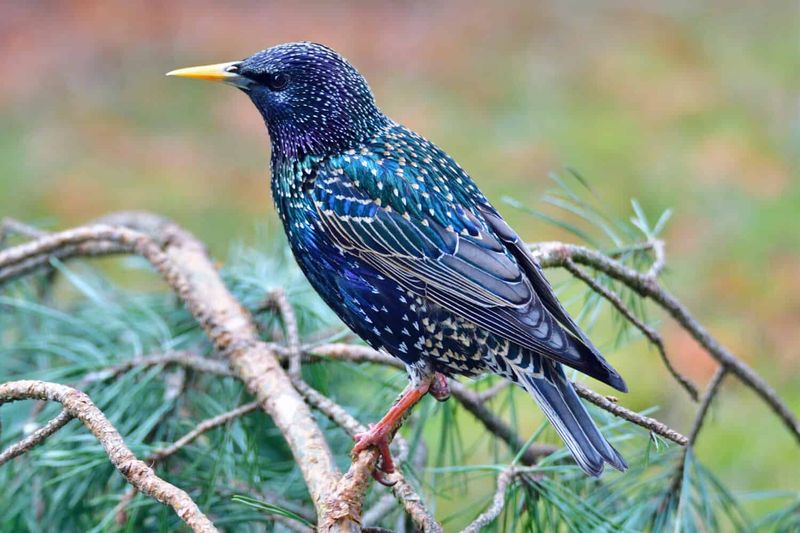
Shakespeare enthusiasts, beware! These glossy black birds with speckled plumage might recite beautiful songs, but they’re absolute terrors for Florida’s ecosystem. I once rescued an injured starling, not realizing I was nursing a notorious invasive species back to health.
European Starlings travel in massive flocks that decimate fruit crops and outcompete native cavity-nesting birds for homes. Their aggressive nature means they’ll quickly push out Florida’s beloved woodpeckers and bluebirds from nesting sites.
Though they’re impressive mimics capable of copying car alarms, human speech, and other birds, their destructive potential makes them illegal to own without proper permits. Released pets join the millions already causing agricultural damage across the state—a responsibility no bird lover wants!
3. House Sparrow: The Deceptive Destroyer
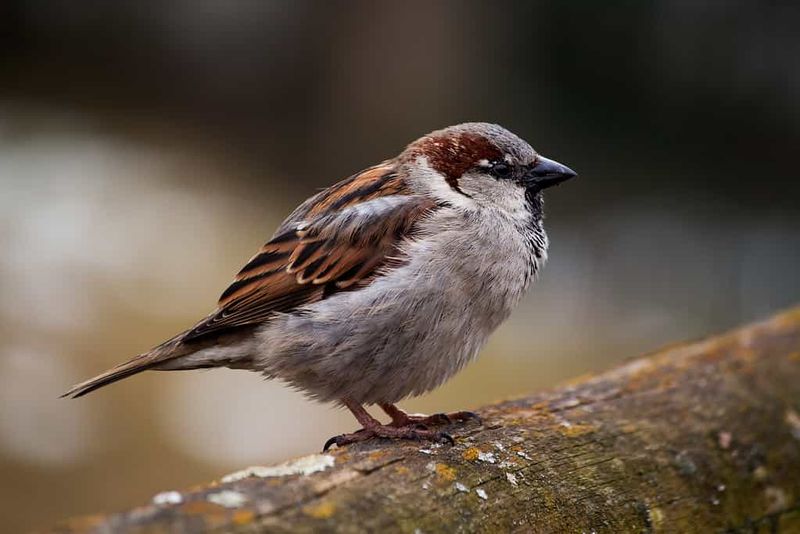
Don’t let their unassuming appearance fool you! These little brown birds might look harmless, but they’re actually fierce competitors that harm native species. Last summer, I watched in horror as a House Sparrow systematically destroyed bluebird eggs in my backyard nest box.
House Sparrows thrive in Florida’s urban environments, pushing out native cavity-nesting birds through aggressive behavior. They reproduce rapidly, forming large colonies that can take over entire neighborhoods and damage property with their messy nests.
Despite their cute appearance and adaptability, these birds are considered invasive pests throughout North America. Florida’s native birds already face enough challenges without these feathered bullies adding to their struggles. Skip the sparrow and choose a bird that won’t harm our local ecosystem!
4. Quaker Parrot: The Illegal Immigrant
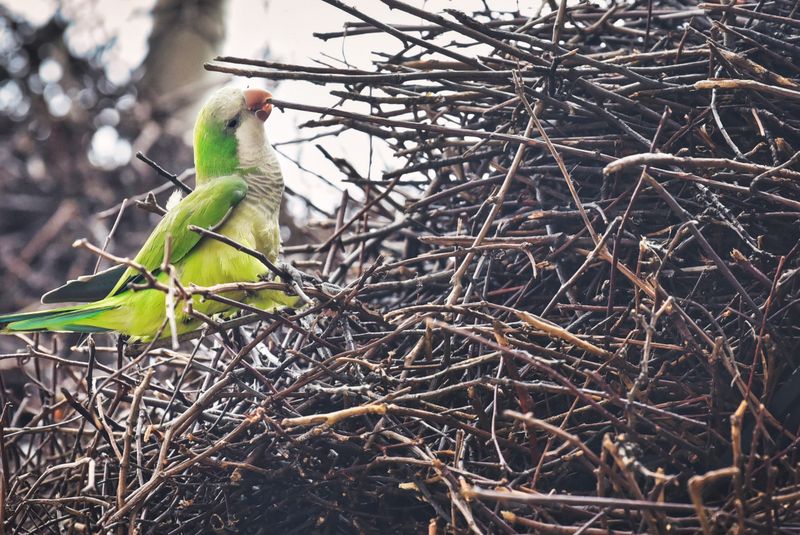
Green, sociable, and absolutely prohibited—Quaker Parrots are the forbidden fruit of Florida’s pet bird world! When my cousin moved here from New York, she had to rehome her beloved Quaker because ownership is flat-out illegal in our state.
These intelligent birds (also called Monk Parakeets) form wild colonies after escape or release, creating massive stick nests on power infrastructure. Their successful adaptation to Florida’s climate has led to established populations that cause utility outages and property damage across the state.
Florida classifies them as a serious ecological threat, making possession a legal risk not worth taking. Despite their playful personalities and impressive talking abilities, the hefty fines and potential confiscation make these feathered friends a hard pass for responsible Floridian bird lovers.
5. Common Myna: The Ecosystem Eliminator
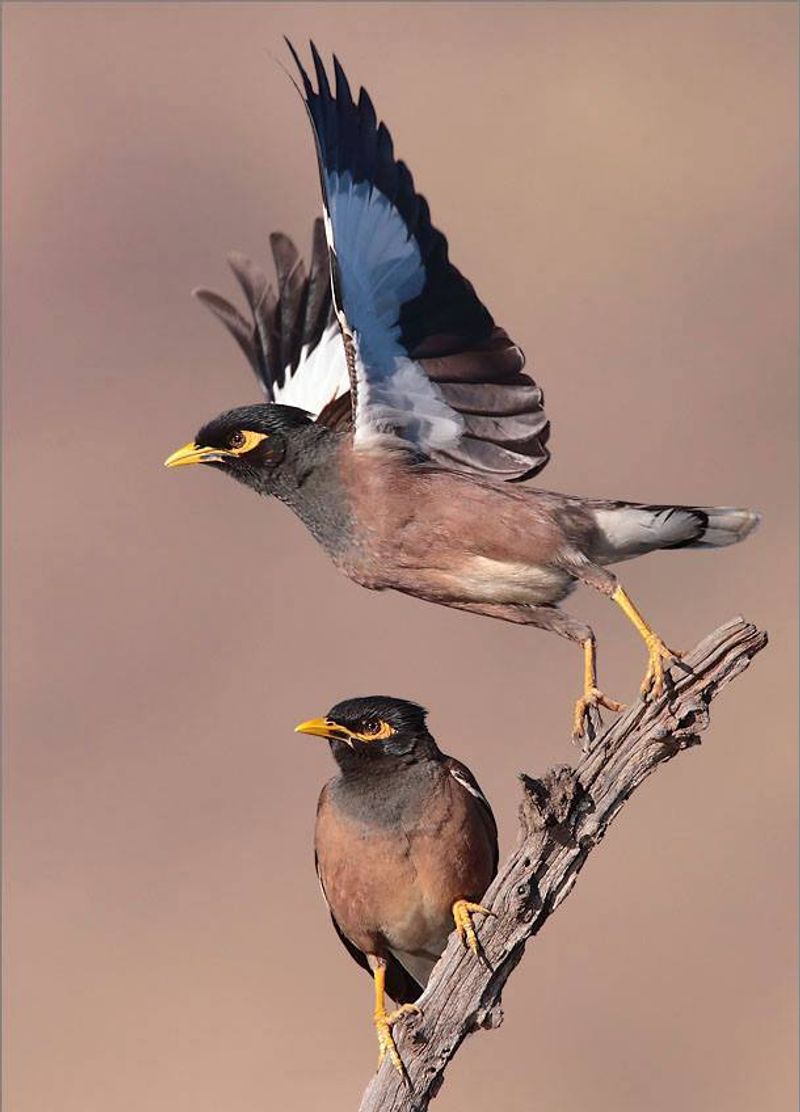
With their striking yellow eye patches and glossy black feathers, Common Mynas might look like exotic treasures, but they’re ecological nightmares waiting to happen! My birding group spotted a small colony near Miami last year—a worrying sign of what could become Florida’s next invasive crisis.
These intelligent birds from Asia have already devastated native bird populations in Australia and Hawaii by aggressively competing for nesting sites and food sources. Their adaptability to urban environments makes Florida’s developed landscapes perfect invasion territory.
While not yet widespread in our state, released pets could quickly establish breeding populations in our favorable climate. Their omnivorous diet threatens both native insects and fruits, potentially impacting local agriculture. Responsible bird ownership means avoiding species that could harm Florida’s already fragile ecosystem!
6. Red-Whiskered Bulbul: The Tropical Troublemaker
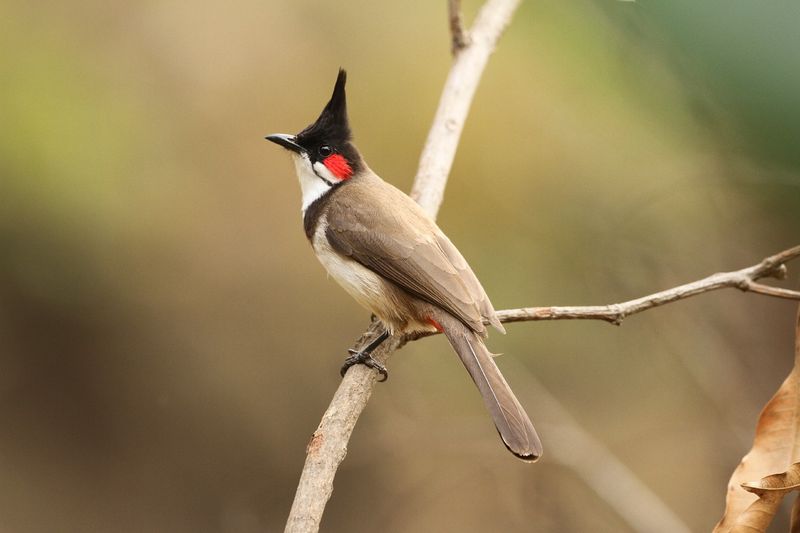
Sporting a punky crest and crimson cheek patches, these striking birds might win beauty contests but fail Florida’s environmental citizenship test! I spotted several in Miami’s suburbs during my last birdwatching trip—evidence of their concerning spread since their initial escape from captivity.
Red-whiskered Bulbuls have already established breeding populations in South Florida, where they feast on native fruits and spread invasive plant seeds through their droppings. Their beautiful songs mask their potential to disrupt natural ecosystems and agricultural operations.
Though charming as pets with their active personalities and melodious calls, their proven ability to thrive in our climate makes them an ecological liability. Florida’s Department of Agriculture specifically prohibits their ownership, meaning your gorgeous songbird could cost you hefty fines and legal headaches. Better options exist for responsible bird enthusiasts!
7. Budgerigar: The Perfect Florida Starter Bird
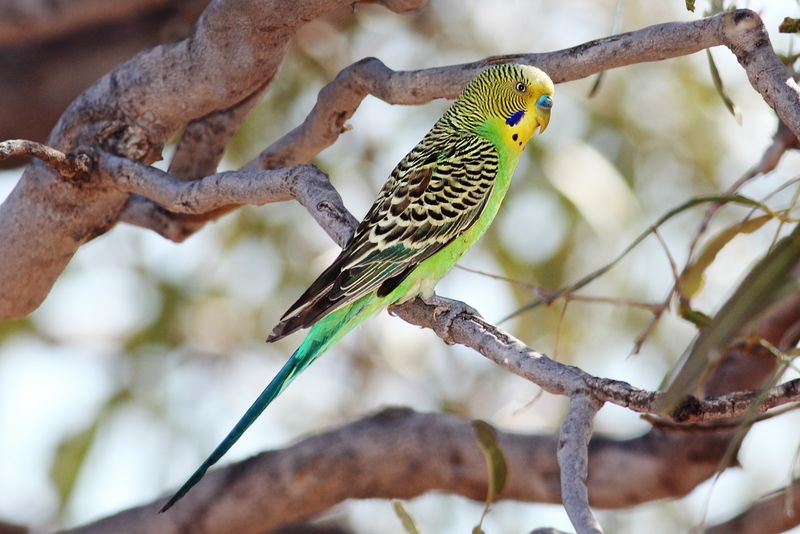
Budgies became my gateway into bird ownership ten years ago, and they’re still my recommendation for Florida beginners! These colorful little chatterboxes handle our state’s warm temperatures like champions, often perking up during summer months when other species droop.
Their compact size means modest space requirements—perfect for Florida’s many apartments and smaller homes. I keep my blue budgie’s cage near a window with indirect sunlight, mimicking their natural Australian habitat without overheating them.
Budget-friendly and bursting with personality, budgies can learn dozens of words and perform tricks that rival larger parrots. They form strong bonds with owners while remaining independent enough to entertain themselves during Florida’s busy tourist seasons when you might work longer hours. Just provide good ventilation during humid months, and these little dynamos will thrive!
8. Cockatiel: The Hurricane-Hardy Companion
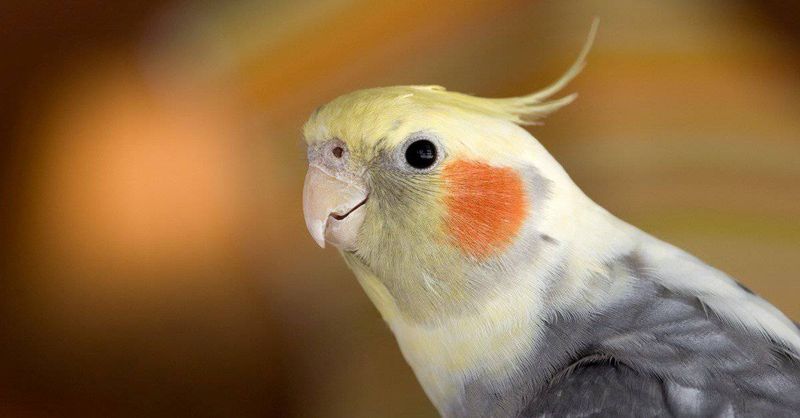
When Hurricane Irma knocked out our power for five days, my cockatiel Sunny remained calm and comfortable while other pets struggled with the heat! These Australian natives possess remarkable adaptability to Florida’s temperature swings and humidity levels.
Cockatiels’ natural desert habitat has prepared them for occasional dry spells and heat waves similar to our summer conditions. Their elegant crests act as built-in temperature regulators, helping them stay comfortable in our tropical climate without expensive environmental controls.
Friendly whistlers with moderate space needs, cockatiels make ideal apartment companions for Florida’s many condo dwellers. Mine happily serenades me with the Mickey Mouse Club theme song—a fitting tribute to our state’s famous mouse! Their moderate noise level keeps neighbors happy, and their 15-20 year lifespan provides lasting companionship through many hurricane seasons.
9. Lovebird: The Sunshine State Sweetheart
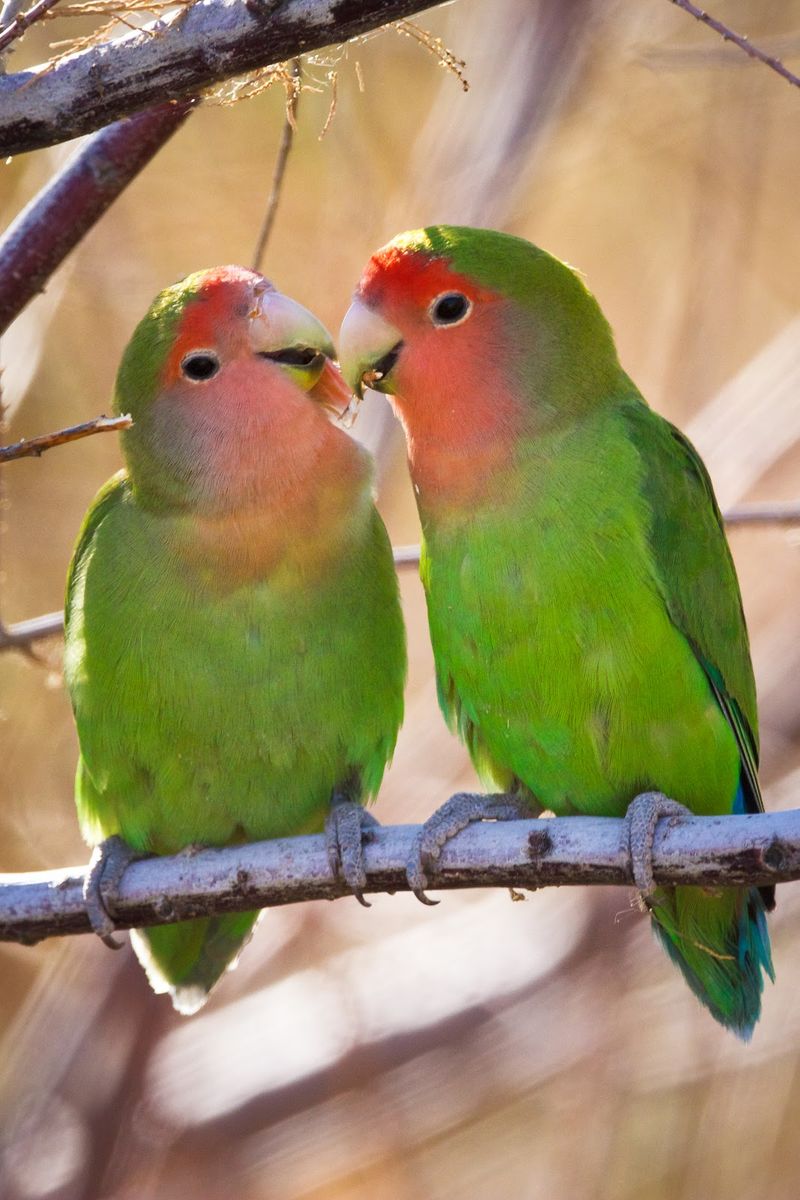
These vibrant little powerhouses match Florida’s colorful personality perfectly! My peach-faced lovebird pair brightens my Tampa apartment with their rainbow plumage and spirited antics, especially during our frequent summer thunderstorms when outdoor activities aren’t possible.
Native to Africa’s warm climates, lovebirds naturally thrive in Florida’s heat and humidity without developing respiratory issues that plague other species. Their compact size requires minimal air conditioning adjustments, saving on those steep summer electric bills we Floridians dread!
Despite their small stature, these birds pack impressive intelligence into their colorful bodies. My pair has learned to shred paper into strips for nest-building and ring bells for attention. Their moderate noise level keeps condo association complaints at bay while still providing interactive companionship during hurricane evacuation preparations!
10. Green-cheeked Conure: The Hurricane-Season Hero
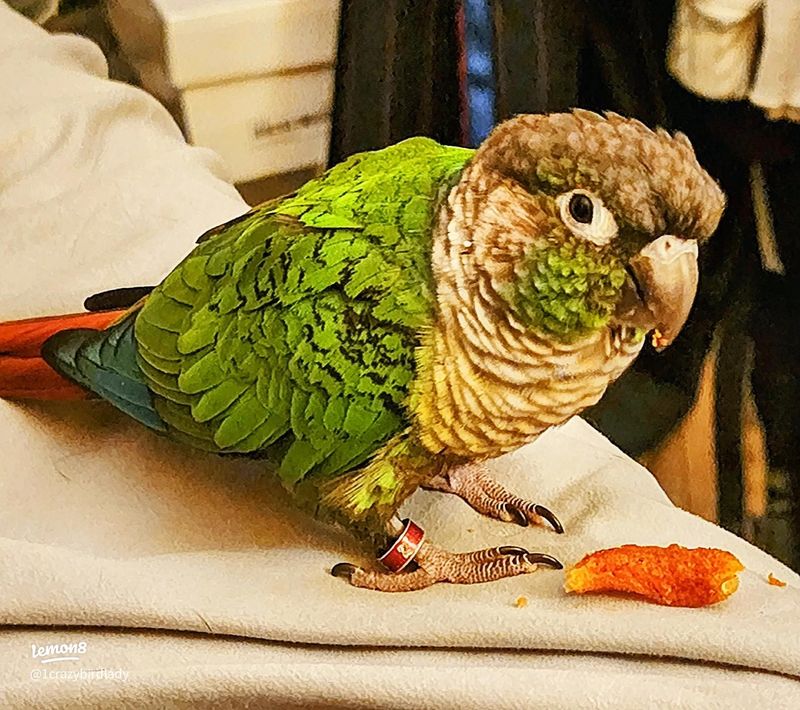
When evacuation orders came during my first Florida hurricane, my Green-cheeked Conure traveled like a champion! These South American natives handle our state’s stress-inducing weather events with remarkable adaptability and good humor.
Smaller than many parrots but packed with personality, these birds tolerate Florida’s humidity without developing the respiratory issues that plague larger species. Their native rainforest habitat has perfectly prepared them for our summer downpours and muggy conditions.
My little green friend adjusts happily to temperature fluctuations when power outages strike—a crucial consideration for Florida bird owners! Their moderate noise level keeps peace with neighbors in hurricane shelters or evacuation hotels. With proper shade and ventilation, Green-cheeks maintain their playful antics through our hottest months, providing much-needed entertainment during those inevitable summer power failures.
11. Indian Ringneck Parakeet: The Hurricane-Proof Talker
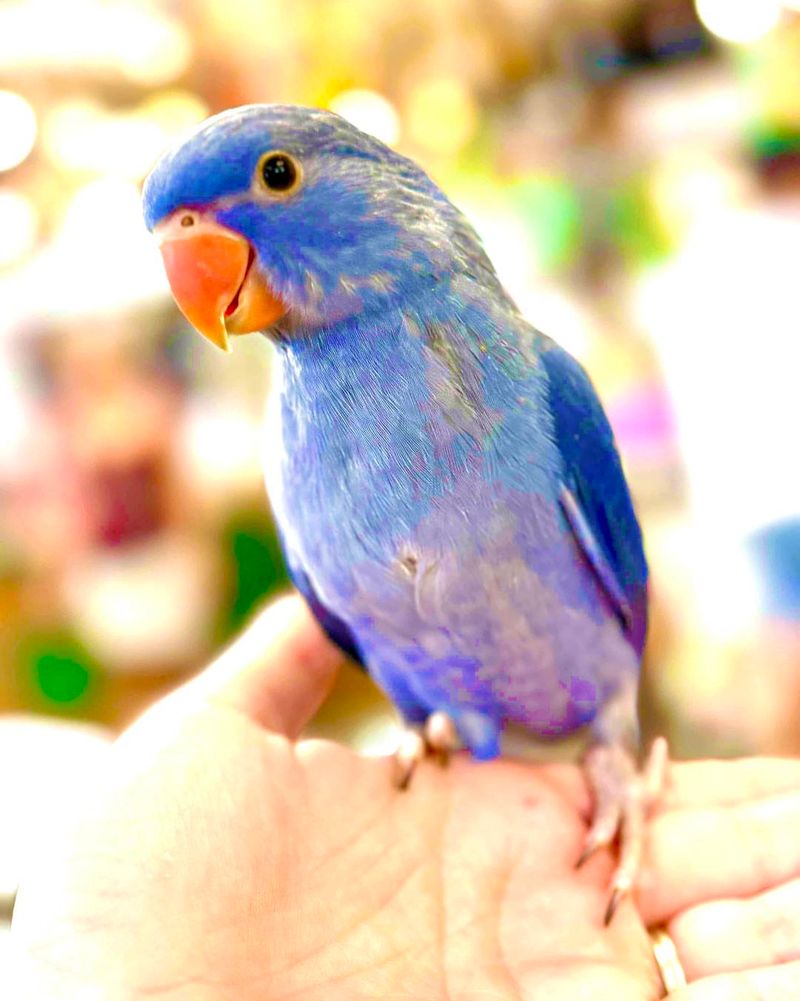
Florida’s unpredictable weather demands resilient pets, and my Indian Ringneck has weathered three hurricane seasons without missing a beat! Unlike sensitive species that panic during barometric pressure changes, these intelligent birds maintain their composure through our state’s frequent storms.
Originally from tropical Asian climates, Ringnecks naturally tolerate Florida’s humidity and heat spikes without respiratory distress. My blue beauty actually perks up during summer months when other pets seem lethargic! Their impressive talking abilities provide welcome entertainment during those inevitable hurricane-season power outages.
Despite their exotic appearance, Ringnecks adapt beautifully to Florida’s indoor-outdoor lifestyle. Mine enjoys supervised sunporch time during winter months and stays comfortably inside during summer heat. Their moderate space requirements work well in Florida’s many apartments and retirement communities, making them practical companions for our state’s diverse living situations.
12. Zebra Finch: The Snowbird’s Perfect Companion
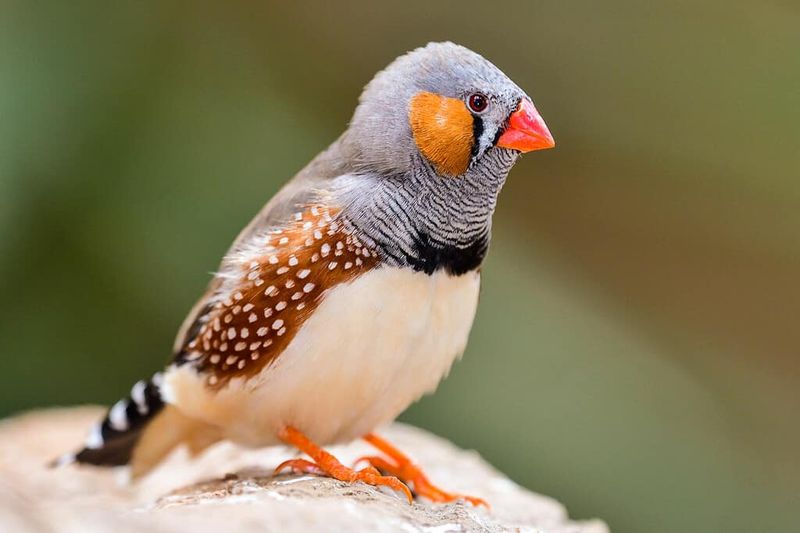
Tiny titans of adaptability, Zebra Finches have accompanied me through seven Florida summers without complaint! These pint-sized powerhouses handle our state’s temperature fluctuations with remarkable resilience, making them perfect for snowbirds who might adjust their home climate between visits.
Unlike larger parrots that demand constant attention, Zebra Finches entertain themselves with social interactions when kept in pairs or small groups. Their gentle chirping provides pleasant background music without disturbing Florida’s many retirement communities or close-quartered condo complexes.
My colorful flock thrives in a simple cage setup near natural light, requiring minimal specialized equipment to handle our humidity. Their modest food and maintenance costs make them ideal for Florida’s seasonal residents who may need pet-sitters during northern trips. Hardy yet beautiful, these diminutive birds deliver maximum joy with minimum fuss in our challenging climate!
